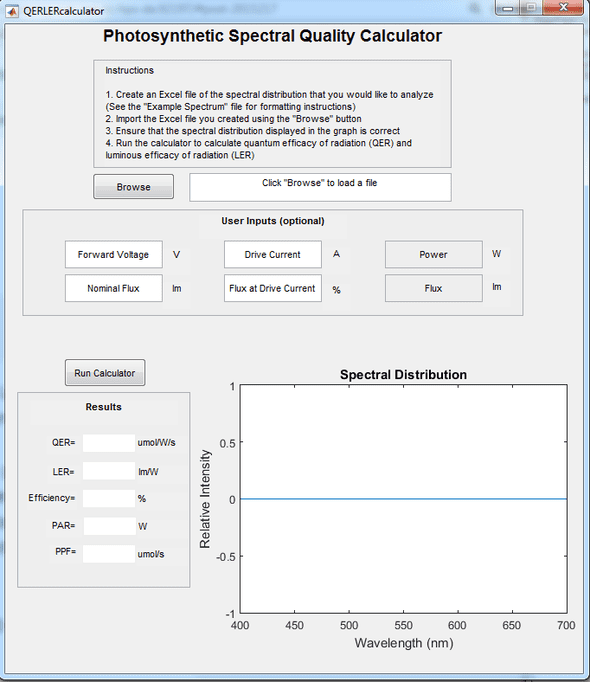brazel
- 2,527
- 263
No, I don't see how you could surmise from my post that lux is irrelevant. PAR is directly connected to the flux output of the COB, which is why its showcased in their datasheets. Just because plants don't utilize the total flux output of a COB LED diode, doesn't render a lux meter useless. I'm not just trying to understand plant growth underneath these fixtures, I'm trying to use this COB technology to create an ideal light fixture as a replacement for HPS.
I will say though, the tone of your post is unnecessary, and if you want my honest opinion, it doesn't look good on you. You clearly haven't even read the entire thread because you're asking questions which have already been answered. Try reading the thread before making a post next time, or try reading this thread and post a useful response.
Your analogies are horrendous. Lux is not irrelevant to the performance of COBs. THAT is an actual fact. This is FAR from the end of this discussion. The idea that you think you can end the discussion with what you've posted is comical.
Good luck and cheers to you!
I'm really confused, because....Theproblem is, even the HPS guys agree HPS is not ideal for vegetative growth. I don't want to appear bias towards LED by using HPS for veg. After all, the big question we all have right now is; Can LED hang with HPS during the flowering stage? THAT'S WHAT YOU POSTED! I'm not just trying to understand plant growth underneath these fixtures, I'm trying to use this COB technology to create an ideal light fixture as a replacement for HPS. THAT'S WHAT YOU POSTED
I said lux works for what human see, so maybe you're making a 12 cob street light? Either way i was still giving you advice.
PAR is directly connected to the flux output of the COB? ARE YOU TALKING ABOUT FLUX AS IN PPF? WELL LUX METER DOESN'T measure that!
Just because plants don't utilize the total flux output of a COB LED diode?
are you talking about luminous flux cuz once again doesn't mean shit to plants.
More info more info. Flux? Are you talking about a certain style they grow plants?
COB LED diode? Is that what they call them now
It's cool bro. Good bye and that chat was nice!






